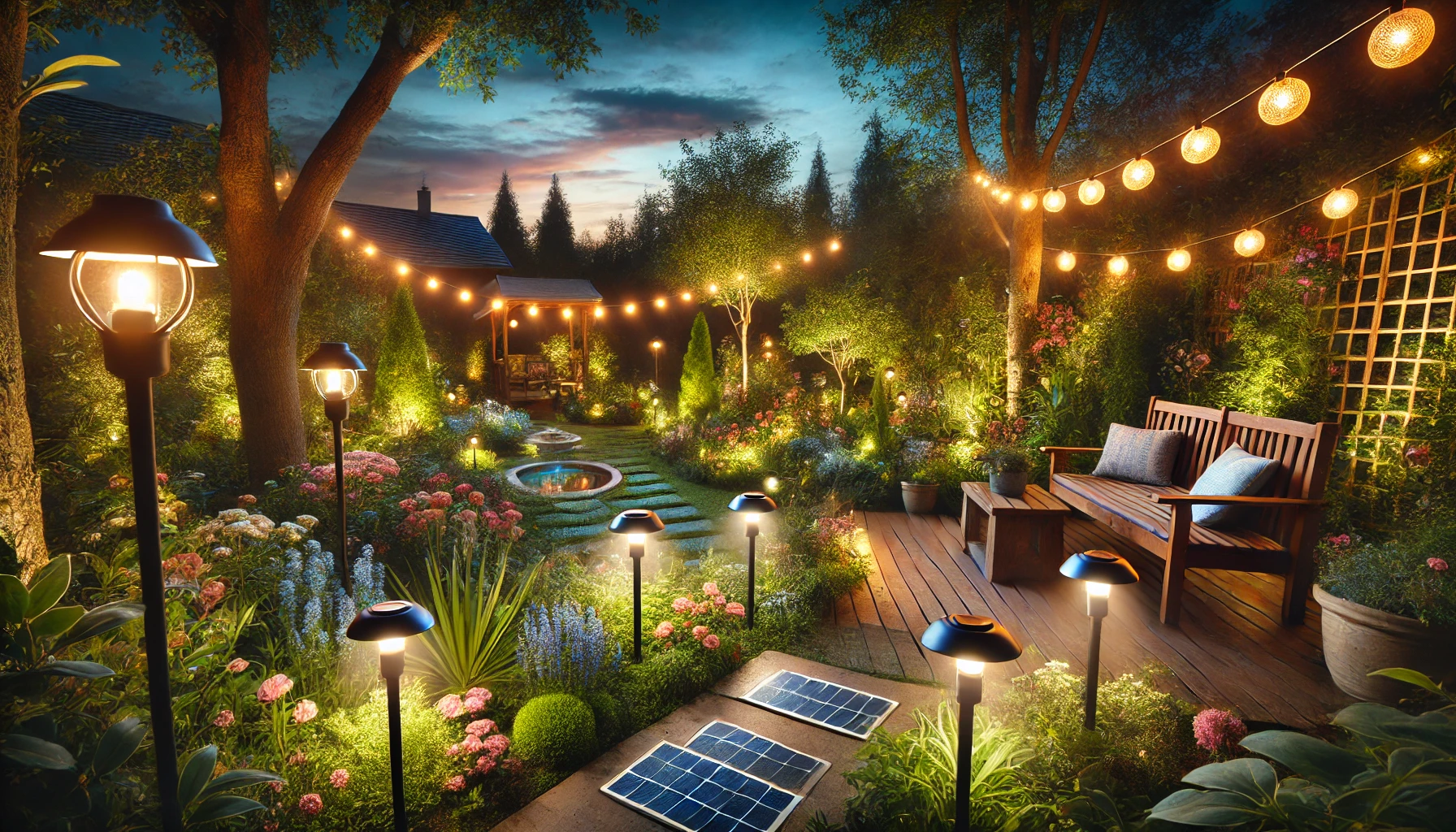Gallery
garden design ideas
A small space can be just as beautiful and creative as a large yard. Here, you’ll find lots of inspiring ideas for small garden spaces.
Get ideas for creating captivating containers filled with lush color and fascinating texture. Plus find container recipes for pots, hanging baskets and window boxes.
1. Vertical Gardens for Small Spaces
If you’re short on ground space, go vertical! Vertical gardens use wall planters, trellises, and shelves to grow plants upwards, maximizing limited areas. These are ideal for urban yards, balconies, and patios. Plant climbing vines, herbs, and trailing flowers for an abundant, lush effect. Not only do they create visual interest, but they also offer privacy in close-knit neighborhoods.
2. Edible Landscaping
Edible landscaping combines the beauty of traditional gardens with the functionality of a vegetable garden. Design beds that mix vegetables, herbs, and fruit-bearing plants with ornamentals. Try planting blueberry bushes as hedges, strawberries as ground cover, or interspersing colourful lettuces among flowering annuals. This approach makes it easy to grow your own food without compromising on aesthetics.
3. Low-Maintenance Xeriscaping
For dry climates or those who want a low-maintenance garden, xeriscaping is an excellent choice. This design emphasizes drought-resistant plants, like succulents, cacti, and ornamental grasses, which require minimal water. Use gravel, stone pathways, and mulch to cover exposed soil and reduce the need for watering and weeding. Adding natural rock formations enhances the look and brings a tranquil, desert-inspired vibe to your garden.
4. Creating Zones for Functionality
To maximize usability, divide your garden into functional zones. For example, designate areas for relaxing, dining, or gardening. Place comfortable seating and string lights in a shaded corner for a cozy relaxation spot. A small fire pit or barbecue zone can be perfect for outdoor dining. Adding pathways or stepping stones helps to define each area and create a cohesive flow.
5. Water Features for Relaxation
A water feature, such as a small fountain, pond, or waterfall, adds a serene element to any garden. Water sounds promote relaxation and drown out background noise. For smaller spaces, tabletop fountains or water bowls are ideal, while larger yards can accommodate ponds with fish or decorative waterfall installations. Water features can become focal points, drawing attention and enhancing the tranquil atmosphere of your garden.
6. Wildlife-Friendly Garden
Create a garden that attracts birds, butterflies, and beneficial insects. Plant native flowering shrubs, provide bird baths, and add feeders to welcome wildlife. Plants like lavender, coneflower, and milkweed are popular among pollinators, while trees and shrubs offer shelter for small animals. A wildlife-friendly garden adds life and movement to your space and supports biodiversity.
7. Container Gardening for Versatility
For those with limited outdoor space or who want a flexible garden layout, container gardening is ideal. You can grow a variety of plants in pots, from flowers and herbs to small shrubs and trees. Containers allow you to change the garden’s layout easily and bring plants indoors when needed. Use pots in varying sizes, shapes, and colours to add personality and visual depth to the space.
8. Use Lighting to Enhance Ambiance
Outdoor lighting transforms a garden in the evening, making it more inviting. Solar-powered stake lights, fairy lights, and lanterns are energy-efficient options that create ambiance. Use spotlights to highlight trees, water features, or statues, while string lights over a seating area bring a warm, cozy vibe.
9. Incorporate Natural Materials
For a garden that blends with its surroundings, choose natural materials like wood, stone, and clay. Wooden benches, stone pathways, and clay pots bring an organic, timeless appeal to your space. Add a wooden arbor or trellis to support climbing plants, which can further enhance the natural feel. These materials are also durable and can weather naturally over time, adding to the garden’s charm.
10. Seasonal Flowering Plants
Plan a garden that blooms across the seasons. Choose plants that flower at different times of the year, so there’s always colour in your garden. Spring bulbs like tulips and daffodils add bright pops early on, while summer perennials such as coneflowers and black-eyed Susans keep the colour going. Fall foliage plants, like maples, and winter evergreens ensure the garden remains lively year-round.
Final Thoughts
Incorporating these garden design ideas can help transform any yard into a beautiful, functional space that reflects your personality and style. Whether you’re drawn to a modern, minimalist design or a lush, cottage-inspired look, the key is to create a garden that’s not only visually appealing but also meets your needs for relaxation, entertainment, and sustainability.



